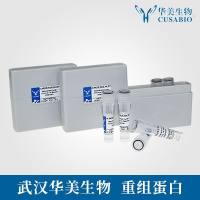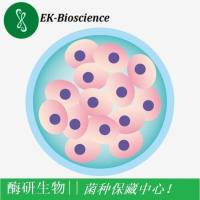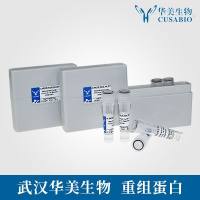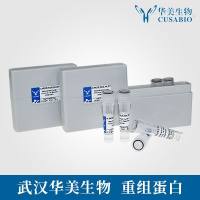In studies on pluripotency and differentiation, teratocarcinoma cell lines have been used as alternatives to mouse embryonic
stem cell lines. Teratocarcinoma cell lines cost less to maintain and they are easier to genetically manipulate. Their disadvantage,
of course, is being derived from a tumor, which prevents their use in certain types of studies such as in implantation and
proliferation. The P19 cell line is one of the better studied teratocarcinoma cell lines, being first introduced in 1982.
The cells express the same transcription factors for pluripotency maintenance as embryonic stem cells but do not require specialized
media or feeder cells. Dimethylsulfoxide induces P19 cells to smooth muscle cells and beating cardiomyocytes, whereas, retinoic
acid causes P19 cells to differentiate into functional neurons complete with synapses with specific neurotransmitter phenotypes.
Excellent transfection efficiencies can be achieved with the less expensive calcium phosphate method though the more expensive
commercially developed reagents also work well. Consequently, transient expression of genes or knocking down gene expression
with siRNA is straightforward. Furthermore, establishing stable cell lines with these changes in gene expression is also quite
feasible. The procedures for taking advantage of these properties of P19 cells in studies on differentiation and toxicology
will be discussed in this chapter.






